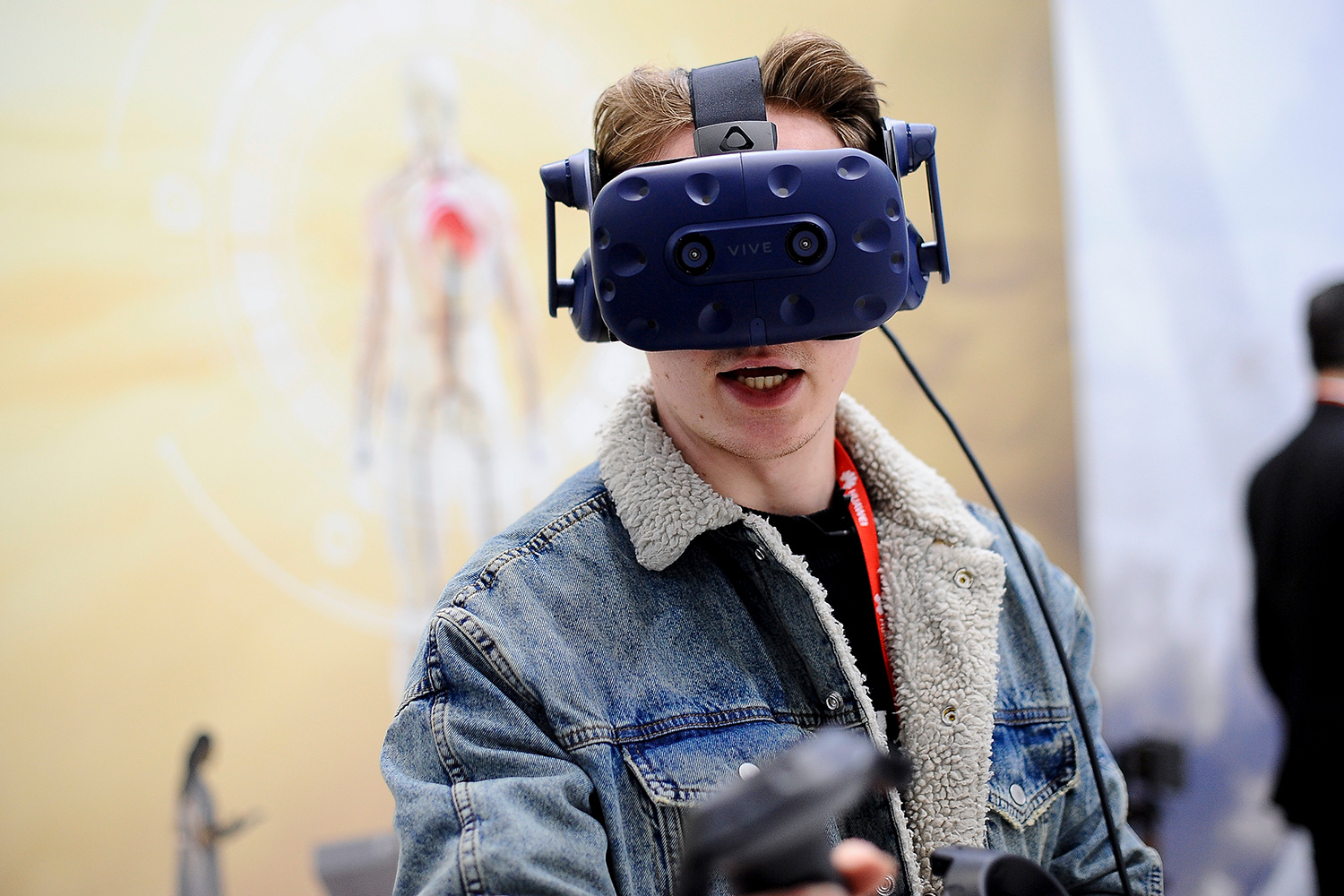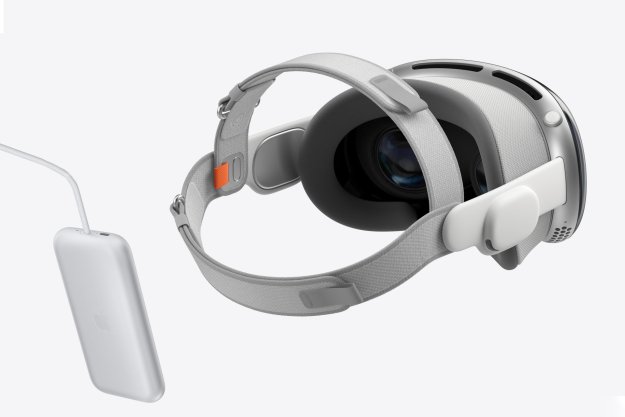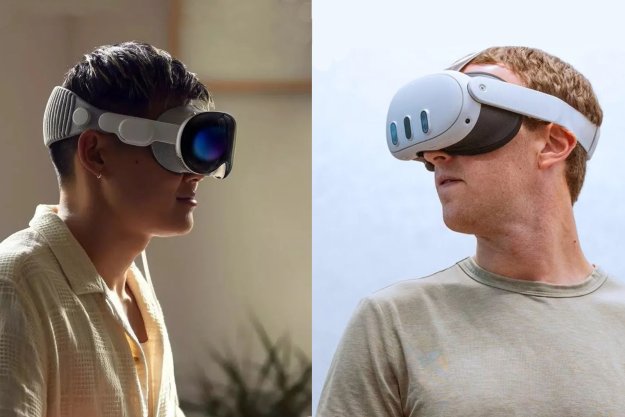This morning, HTC announced the pricing details for it’s new VR headset, the Vive Pro. The upgraded headset will cost $800 when it ships on April 5, with pre-orders starting today. Before you can even get excited, though, we have to ask — is that way too expensive?
People have been clamoring for a higher-resolution VR headset for years now. The primary reason is the increased pixel density, which should translate to a much more experience and realistic experience with fewer graphical oddities. While we’ve yet to test it in-depth, we did go hands on with the headset at CES this year, and we were pretty impressed with the overall experience.
But remember. What we’re talking about is just a headset. You still need a powerful PC that can actually run it. So, would you pay $800 for just a VR headset?
The @htcvive Pro will cost $800. Is that way too expensive? #HTCVivePro
Please RT for a larger sample size.
— Digital Trends (@DigitalTrends) March 19, 2018
At $800, it’s the most expensive headset since the original Vive at launch. For that much, you can buy all sorts of things — let’s say, a 55-inch 4K smart TV, or even a great new laptop.
On the other hand, the Vive Pro has by far the best on-paper specifications of any headset so far. There are some obvious places where that money could have gone, most notably the pair of QuadHD displays (1400 x 1600 per eye). The headset also comes with built-in headphones, upgraded from the Deluxe Audio Strap, which HTC currently sells for $100. There’s other tech that HTC has packed into the package too, whether that’s extra microphones or cameras to enhance in-app immersion. On top of that, the bundle still includes the external Lighthouse sensors, along with the Vive controllers.
From the results so far, you can see that while there are some people who would be willing to pay for the increase in resolution, many simply can’t afford to get into VR at this level.
While Oculus heads in the direction of more entry-level buyers with its stand-alone Oculus Go headset, HTC seems intent to capture the attention of early adopters and VR enthusiasts. You’ll have to stay tuned to get our full review of the Vive Pro, but for now, it seems destined to be a bit out of reach for the average person interested in VR.
Editors' Recommendations
- 5 headsets you should buy instead of the Vision Pro
- Meta Quest 4: Here’s what we want from the next big VR headset
- Vision Pro 2: everything we expect from the future of Apple’s headsets
- Hurry! The Apple Vision Pro just got its first price cut
- Does the Vision Pro work with glasses and contacts?



